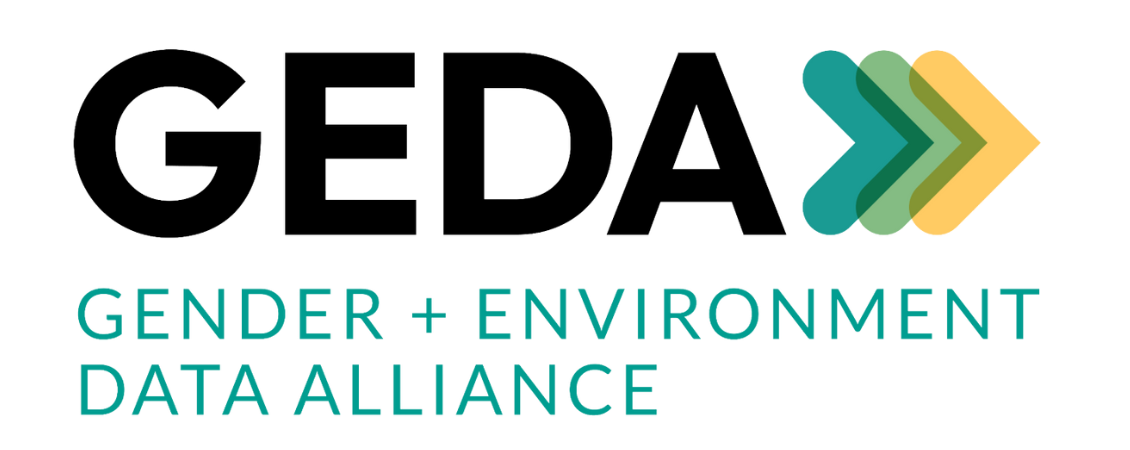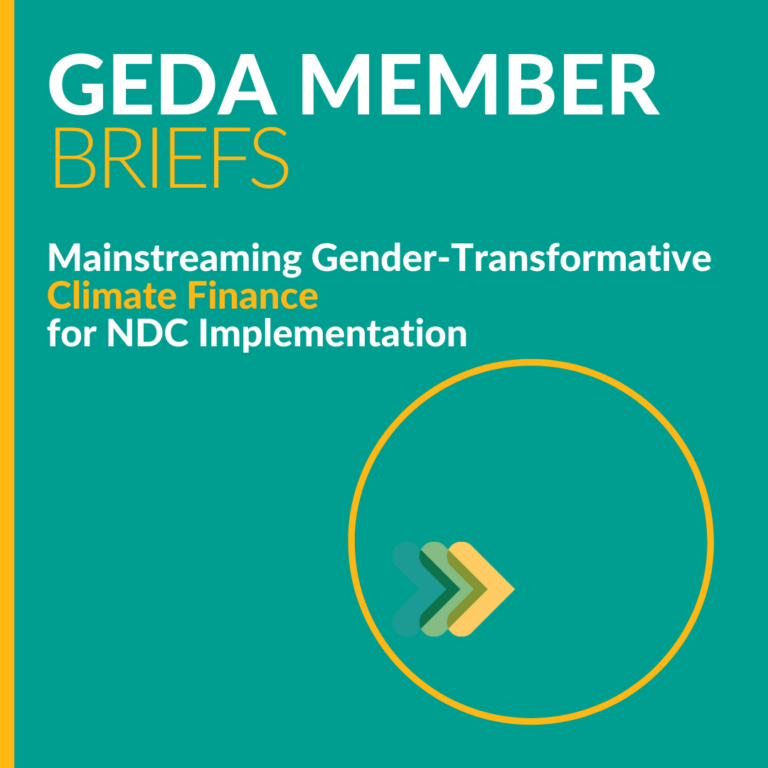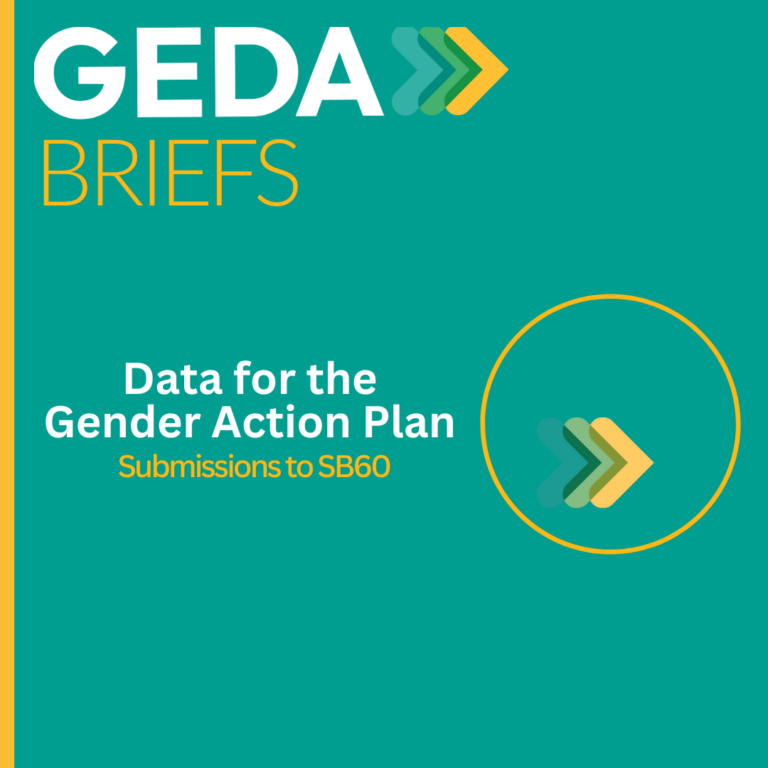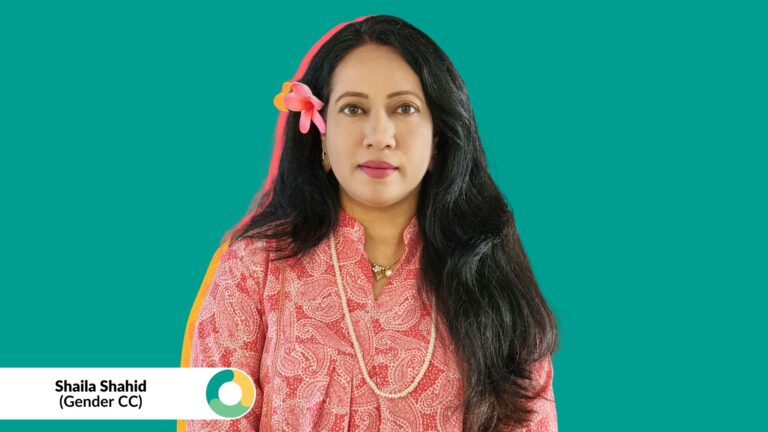Statistics that provide information about the relationship between gender and environment are crucial to understand how women, men and gender diverse people relate to and are impacted by the environment. They are also vital to assess progress towards sustainable development, gender equality and environment goals.
Different kinds of insights are needed. Population-level data helps to understand the effects of environmental changes on an entire population and compare changes across countries and over time. Household-level data is useful for understanding infrastructure and services available to a household. Individual-level data is needed to understand how overall shifts in the environment are affecting people’s lives, and how this varies, including within households. People’s lives are influenced by various factors including gender, age, disability and whether they live in urban or rural areas. Data that shows this helps to reveal the influence of the environment on people’s lives, and how this in turn shapes – and is shaped by – a person’s circumstances, roles and responsibilities.
The first GEDA Learning and Knowledge Exchange session illustrated the insights to be gained from these different levels and types of data. It was held on August 3, 2023, to offer GEDA members a chance to learn from each other’s ongoing and recent research.
Joanne Crawford, Strategic Advisor with the Equality Insights program at the International Women’s Development Agency (IWDA), presented on IWDA’s integration of environment in measuring multidimensional poverty. Equality Insights provides individual-level, gender-sensitive measurement to move beyond household-level data and better capture the gendered realities of poverty. For more on the approach to assessing environment as part of multidimensional poverty see this Working Paper for the UNECE Group of Experts on Gender Statistics.
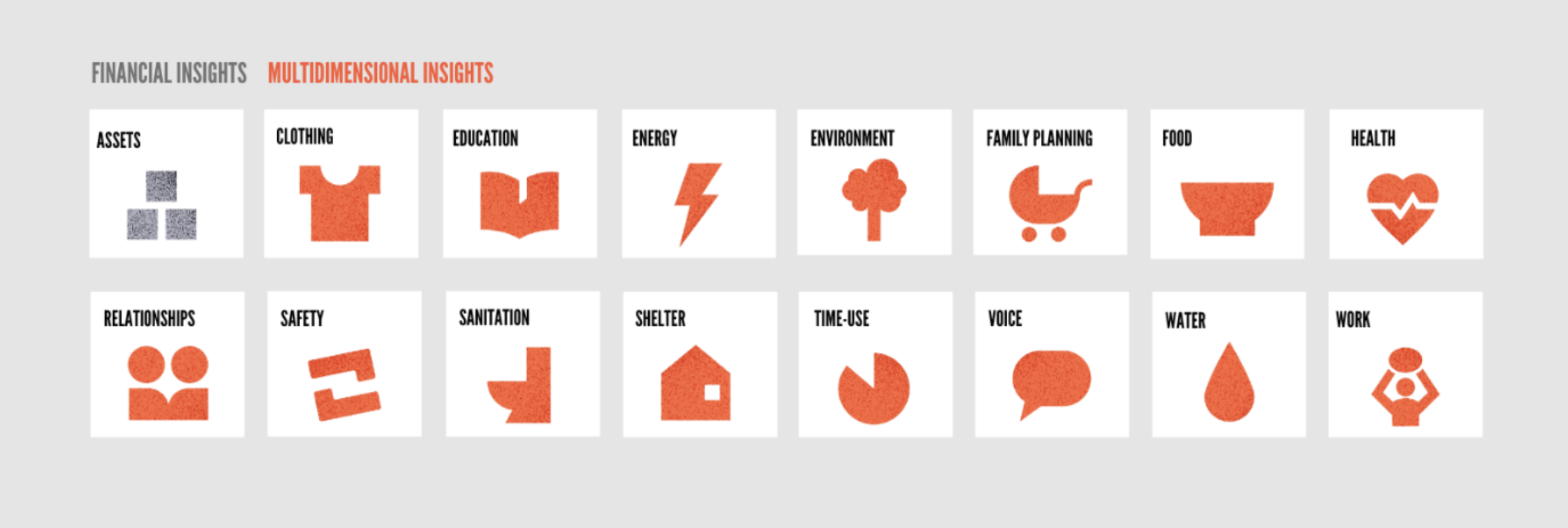
Figure 1. Equality Insights measures multidimensional deprivation by assessing 15 key areas of life and financial deprivation by assessing assets.
Working in partnership with IWDA and with funding from the Australian Government, the Tonga Statistics Department used Equality Insights Rapid, a phone-based variant developed to enable data collection in the context of COVID-19, to undertaken a nationally representative survey in May-June 2022. Designed to inform a more gender-responsive recovery from the disruptions of the pandemic, survey timing also offered insights into the implications of the eruption of the Hunga Tonga-Hunga Ha’apai volcano and related tsunami in early 2022.
Findings from this nationally representative survey showed that over 79% of Tongans experienced severe environmental deprivation, measured by exposure to pollution and natural hazards, reflecting the widespread impacts of the natural disaster. An individual-level question on the impact of natural hazards on daily activities revealed differential impacts by gender, disability and age (Figure 2). More men (19%) than women (13%) reported that their daily activities had been severely impacted by natural hazards.
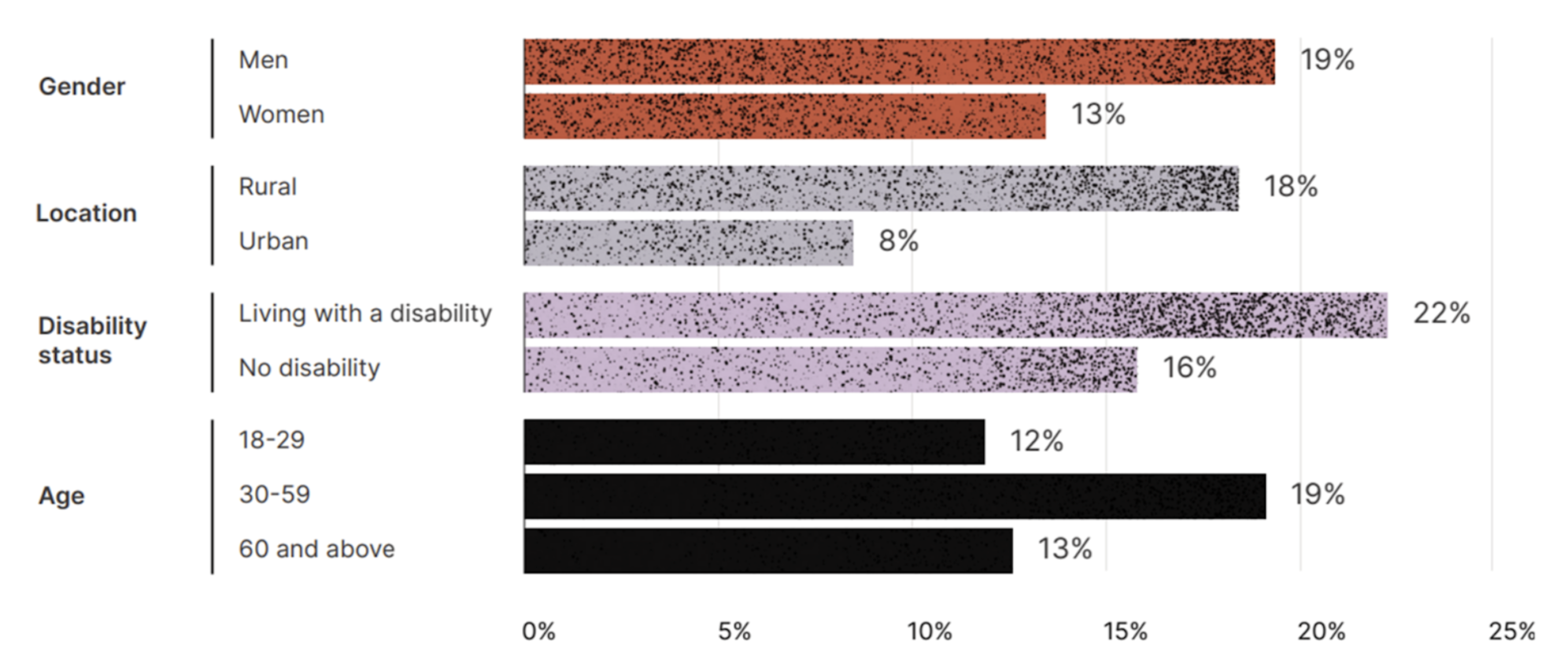
Figure 1. Proportion of individuals within demographic groups who reported their daily lives were severely impacted by natural hazards (IWDA 2023). Credit: IWDA
Climate change, environmental degradation and biodiversity loss have multidimensional impacts on people’s livelihoods. Collecting individual-level data can improve data accuracy and visibility of how individual characteristics and gendered roles and responsibilities shape the experience of environmental threats. The multidimensionality of this survey also allows for analysis of the relationship between environment, water access, food security, and other dimensions and the impact on women, men and gender diverse people.
Similarly, Sara Duerto Valero, Regional Advisor on Gender Statistics in UN Women’s Regional Office for Asia and the Pacific, illustrated the gendered impacts of climate change in Asia, looking at the intersections of climate change, child marriage, adolescent births, intimate-partner violence, access to drinking water and clean cooking fuels. In this case, instead of collecting new data, UN Women merged data from Demographic Health Surveys (DHS), including geospatial location, with the United Nations Office for Disaster Risk Reduction (UNDRR) Global Disaster Risk Dataset and the Global Self-consistent, Hierarchical, High-resolution Geography Database.
Findings across Bangladesh, Cambodia, Nepal, Timor-Leste and Philippines proved that climate change related factors are associated with gender outcomes. For example, aridity is linked to clean drinking water access and child marriage rates, in particular the increased frequency of droughts associated to an increase in women being married before 18 years of age.
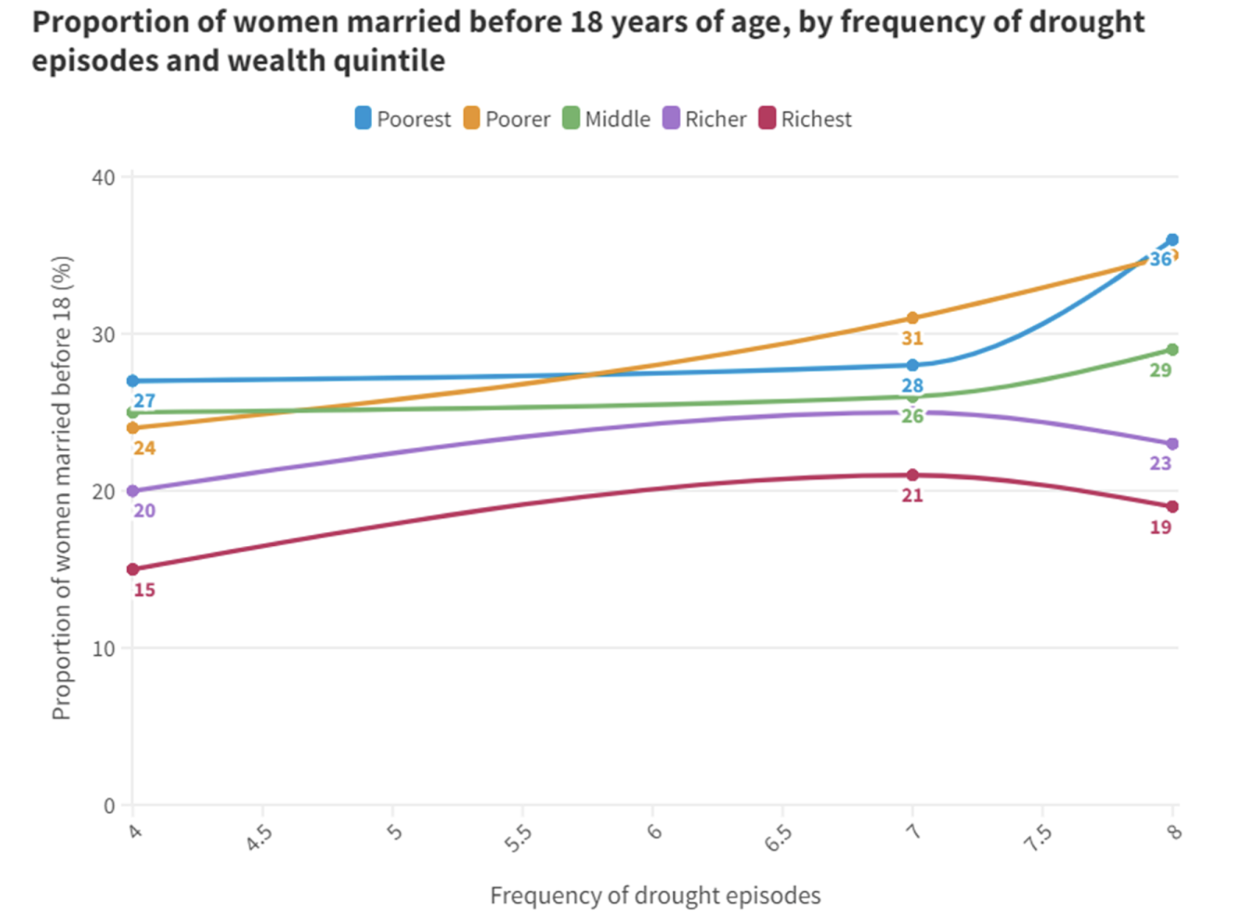
Figure 2. Proportion of women married before 18 years of age, by frequency of droughts episodes and wealth quintile (UN Women 2023). Credit: UN Women.
Likewise, using big data analysis of online searches and social media in another study, UN Women found that women in Tonga and Kiribati were more likely to conduct online searches related to violence against women right after or at the end of disasters.
Findings across IWDA and UN Women gender and environment statistics prove the importance of addressing gender, climate change and environmental sustainability in tandem. Available data from national statistics, such as DHS and geographic information systems (GIS), is useful but additional data is needed to capture a broader set of aspects on gender-environment. To advance these issues, UN Women has developed a model questionnaire on measuring the nexus between gender and environment and has already completed surveys in Mongolia, Tonga, and Samoa. The collection and analysis of data disaggregated by additional variables such as age, ethnicity, and others, is also much needed to ensure an intersectional analysis of the gender-environment linkages. Data collected at an individual level, such as the one collected by IWDA, plays a key role in guaranteeing that intersectional analysis.
To conclude the first GEDA Learning and Knowledge Exchange session, IUCN and WEDO shared with members the resources developed during GEDA’s participation in the Data for Climate Resilience Peer Learning Network hosted by the Open Data Institute (ODI) and Microsoft. These resources included GEDA’s ecosystem mapping and data maturity matrix.
The GEDA Learning and Knowledge sessions provide a space for peer-learning, honing GEDA’s focus and demonstrating the diversity of work across GEDA members. Through subsequent sessions both internal to members and externally, GEDA will continue to share recent experiences and identify common work pathways.
